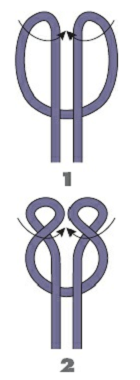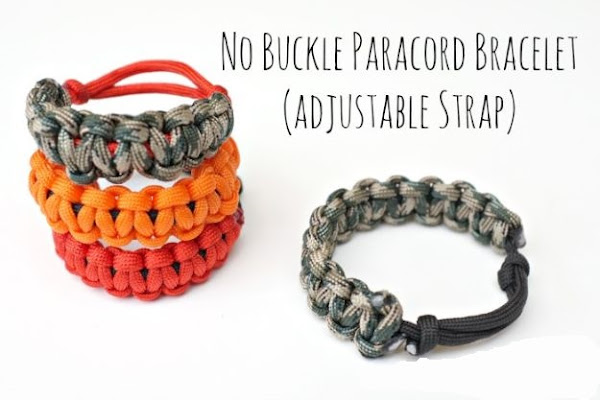Paracord Cobra Weave Ring

Cobra Weave Paracord Ring Supplies Materials Steps to Weave the Cobra Ring Step 1: Begin by cutting a lengthwise slot along the pvc, conduct, or tubing. I got a used piece of pvc coupling from a plumber friend of mine. I also used different sizes for ring measurements. Step 2 I used 36 inches of the braided line, but could use any type line. For example gutted paracord line, or #95 paracord in any color. The line is weave around the jig. The jig is made from any size pvc, conduct, or metal pipe, cut to a 2 inch length with a 1/4" slot cut down the length of it. The ring is tied around the jig in a cobra weave style. You can cut the slot in the jig using whatever is convenient, I used a table saw, if you buy a coupling from Home Depot have them cut the slot for you. Follow steps in the images: Step 3: After clove hitch I take the right strand and loop over top and around the right side of the jig. Then bring in back of the other hanging strand,





